Apple on Tuesday hosted its first-ever event at Steve Jobs Theater, where it unveiled the iPhone 8, iPhone 8 Plus, and iPhone X.
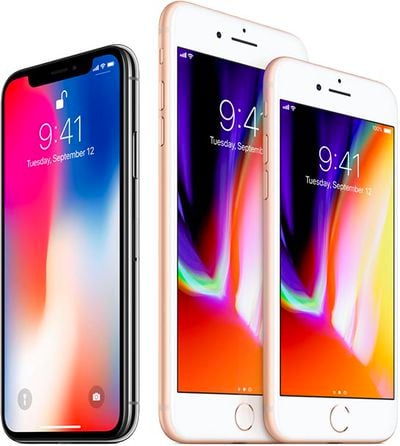
iPhone X is Apple's new flagship smartphone, with a stainless steel frame sandwiched between a nearly edge to edge OLED display on the front and glass on the back. iPhone 8 and iPhone 8 Plus also received a glass-backed design, but otherwise the devices look virtually the same as the iPhone 7 and iPhone 7 Plus.
iPhone X starts at $999 in the United States, while the iPhone 8 and iPhone 8 Plus start at $699 and $799 respectively.
If cost wasn't a factor, the iPhone X is undoubtedly the better smartphone in more ways than one. But the iPhone 8 and iPhone 8 Plus are very capable smartphones as well, so when there is at least $200 or $300 in savings to be had, it's worth considering which of the three smartphones best suits your needs. Find out ahead…
iPhone X vs. iPhone 8 and 8 Plus: What's the Same?

• A11 Bionic: All three iPhones have an A11 chip. It has two performance cores that are 25 percent faster, and four high-efficiency cores that are 70 percent faster, than the A10 chip in iPhone 7. The chip has a neural engine for facial recognition and an embedded M11 motion coprocessor.
• Wireless Charging: All three iPhones have wireless charging based on the Qi standard. Each device can charge by being placed on an inductive charging pad, such as third-party options from accessory makers such as Mophie, Belkin, and Incipio.
• Fast Charging: All three new iPhones are "fast-charge capable," which means the two devices can be charged to 50 percent battery life in 30 minutes using Apple's 29W, 61W, or 87W USB-C Power Adapters, sold separately and included with 12-inch MacBook and late 2016 or later MacBook Pro models.
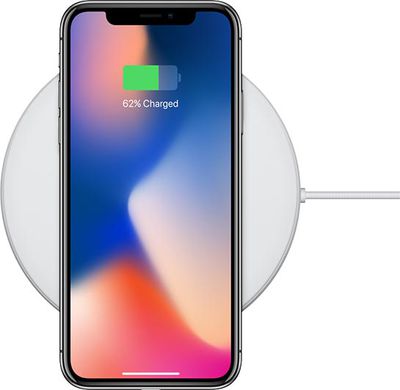
• Water Resistance: All three iPhones have IP67-rated water and dust resistance like the iPhone 7 and iPhone 7 Plus.
• Storage: 64GB or 256GB.
• True Tone and Wide Color: iPhone X, iPhone 8, and iPhone 8 Plus have True Tone and Wide Color displays. True Tone automatically adapts the color and intensity of the display to match the color temperature of the light in its surrounding environment. Wide Color is use of the P3 color space.
• 3D Touch: Deeply press the screen to preview emails, messages, and other content, and access convenient Quick Actions.
• 4K video recording at up to 60 FPS and 1080p HD video recording at up to 60 FPS.
• LTE Advanced with VoLTE, Bluetooth 5.0, 802.11ac Wi-Fi, and read-only NFC.
• Lightning connector.
iPhone X vs. iPhone 8 and 8 Plus: What's Similar?
• Rear Camera System: iPhone X and iPhone 8 Plus both have 12-megapixel rear-facing dual cameras consisting of a telephoto lens and a wide-angle lens with ƒ/1.8 aperture. Both have quad-LED True Tone flash, optical zoom, digital zoom up to 10x, and support for Apple's new beta Portrait Lighting feature.
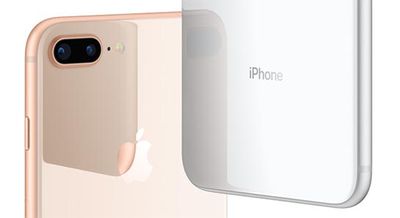
Where the iPhone X prevails is with dual optical image stabilization. iPhone 8 Plus only has optical image stabilization for the wide-angle lens. iPhone X's telephoto lens also has a faster ƒ/2.4 aperture compared to ƒ/2.8 for the iPhone 8 Plus. Of course, the iPhone X prevails much further vs. the single-lens iPhone 8.
• Front Camera Sensor: While the iPhone X's new TrueDepth system as a whole is a significant change, the front-facing camera itself is a 7-megapixel sensor with ƒ/2.2 aperture, Retina Flash, and 1080p HD video recording on all three iPhones. The difference on the iPhone X is support for Portrait Mode selfies.
• Battery Life: All three iPhones have similar battery life for internet use and video playback over wireless. iPhone X and iPhone 8 Plus also have identical battery life for talk time and audio playback over wireless, which are two areas where the smaller iPhone 8 does fall much shorter.
• Talk: Up to 21 hours
• Internet: Up to 12 hours
• Video: Up to 13 hours
• Audio: Up to 60 hours
• Talk: Up to 21 hours
• Internet: Up to 13 hours
• Video: Up to 14 hours
• Audio: Up to 60 hours
• Talk: Up to 14 hours
• Internet: Up to 12 hours
• Video: Up to 13 hours
• Audio: Up to 40 hours
• Memory: iPhone X and iPhone 8 Plus are believed to have 3GB of RAM, while the iPhone 8 likely has 2GB of RAM.
iPhone X vs. iPhone 8 and 8 Plus: What's Different?
• All-Screen OLED Display: iPhone X is Apple's first smartphone with an OLED display, which has benefits such as improved color accuracy and contrast ratio, true blacks, and a much higher 1,000,000 to one contrast ratio. And without bezels, beyond a notch for the TrueDepth front camera system, the iPhone X is nearly all screen.

iPhone 8 and iPhone 8 Plus still have LCD displays with top and bottom bezels like every iPhone before them, but they do gain True Tone functionality like the iPhone X. True Tone automatically adapts the color and intensity of the display to match the color temperature of the light in its surrounding environment.
• 5.8-inch OLED display
• HDR
• 2436×1125 pixels
• 458 PPI
• 625 cd/m2 max brightness
• 1,000,000:1 contrast ratio
• 5.5-inch LCD display
• —
• 1920×1080 pixels
• 401 PPI
• 625 cd/m2 max brightness
• 1300:1 contrast ratio
• 4.7-inch LCD display
• —
• 1334×750 pixels
• 326 PPI
• 625 cd/m2 max brightness
• 1400:1 contrast ratio
• New Size: Despite having a large 5.8-inch display, the iPhone X's all-screen design allows it to be between an iPhone 8 and iPhone 8 Plus in both size and weight. For that reason, the iPhone X is the best choice for a smartphone with the maximum display size vs. one-handed usability.
• Height: 5.65 in (143.6 mm)
• Width: 2.79 in (70.9 mm)
• Depth: 0.30 in (7.7 mm)
• Weight: 6.14 oz (174 grams)
• Height: 6.24 in (158.4 mm)
• Width: 3.07 in (78.1 mm)
• Depth: 0.30 in (7.5 mm)
• Weight: 7.13 oz (202 grams)
• Height: 5.45 in (138.4 mm)
• Width: 2.65 in (67.3 mm)
• Depth: 0.29 in (7.3 mm)
• Weight: 5.22 oz (148 grams)
• Face ID / TrueDepth: Apple replaced Touch ID with Face ID on iPhone X. Simply raise the device, look at it, and swipe up on the screen to unlock the device or authenticate your identity for Apple Pay. Apple said there's a one in a million chance the facial recognition system could be duped by a stranger.

• No Home Button: Given the lack of a Home button, the iPhone X has an elongated side button. Siri is activated by double tapping that side button, or by saying "Hey Siri" as previously. Other gestures include swiping up to return to the Home screen, swiping up and pausing to view multitasking, and tap to wake.
• No Gold: iPhone X comes only in Space Gray and Silver.
• Animoji: Animoji are Apple's new set of emoji-style characters that animate based on an iPhone user's facial expression. Animoji take advantage of the iPhone X's new TrueDepth camera system, which features several new 3D sensors to detect your facial expressions in real time.

Conclusion
iPhone X has many of the best features of an iPhone 8 Plus, including a larger display, yet the device is closer to an iPhone 8 in size.
iPhone X benefits from far superior display technology and the TrueDepth system, which powers Face ID, Animoji, and Portrait Mode selfies. But the iPhone 8 and iPhone 8 Plus are equally as fast, support wireless charging, and still have a Home button with Touch ID for those who prefer fingerprint authentication.
Apple markets the iPhone X as the "future," and that's likely true for its smartphones, but it'll cost you an extra $200 or more to get there.


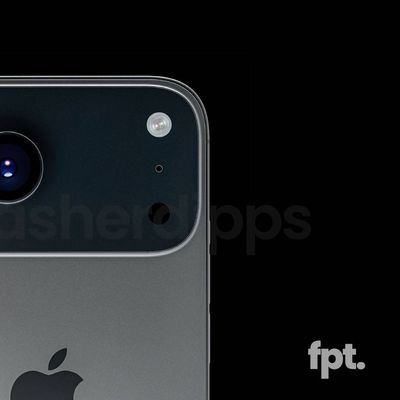



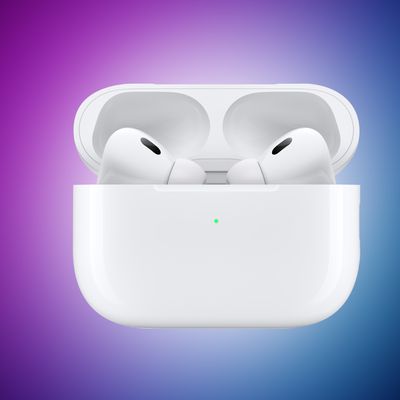











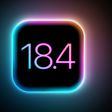
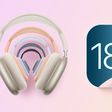

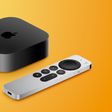
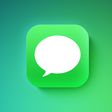
Top Rated Comments
I'll wait another year for an upgrade on the upgrade.
I like: squared, not curved, screen corners,
no notch cutout in my videos
A home button with TouchID
a headphone socket
A sensible price